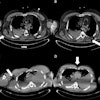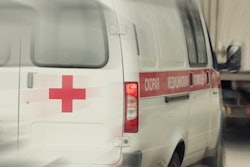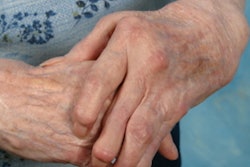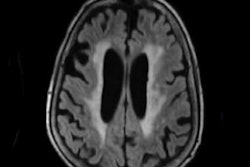Dear AuntMinnieEurope Member,
Much has been said and written recently about the supposedly huge, untapped potential of artificial intelligence (AI), but the practical implementation of the technology and the barriers to adoption have received very little attention.
A talented young Dutch researcher, Lea Strohm, has tried to set the record straight. She spoke with a wide cross-section of medical imaging professionals during the first half of 2019, and in an exclusive interview, she tells us about her findings on AI adoption. Go to the AI Community.
The European Society of Cardiology (ESC) congress drew to a close in Paris earlier today, and you won't want to miss our two reports from this important event.
First up is an article about a study from Leipzig, Germany, that involved nearly 2,500 MRI scans and has cast new light on white-matter lesions in heart failure patients. For the findings, visit the MRI Community.
A second story from the ESC congress focuses on the latest analysis of mortality rates involving heart disease and cancer in high- and low-income countries. What were the key findings? Head over to the Cardiac Imaging Community.
In other news, Swiss investigators are convinced that the classification of bullets with dual-energy CT can lead to immediate medical clarification of potential lead poisoning in gunshot victims. Also, they think noninvasive differentiation of bullets from common ammunition and bullets from police ammunition are of great forensic interest. Go to the CT Community.
Meanwhile, German researchers have assessed the effectiveness of mobile CT units at distinguishing stroke patients who require interventional treatment from those who can safely be managed at a primary stroke center. They evaluated the cases of 116 stroke patients.
How well does ultrasound perform when it comes to detecting joint erosion in cases of rheumatoid arthritis (RA)? French researchers say it does the job just fine -- or even better when compared with radiography, according to a new study. Find out more about using ultrasound to diagnose RA.



















